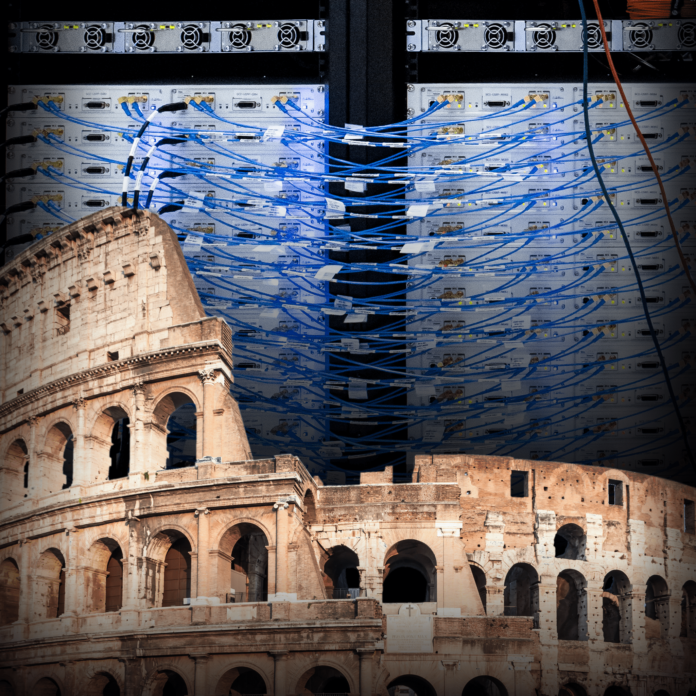Viavi Solutions this week highlighted progress in its 6G Forward research program and the evolution of its support for Northeastern University’s Institute for Wireless Internet of Things and the Open6G cooperative research center.
One of the goals of the research at Northeastern has been large-scale radio frequency propagation channel modeling, based on artificial intelligence and machine-learning techniques, in order to develop a city-scale digital twin of a 6G network, Viavi said. This has come to include the use of AI/ML to augment ray tracing for RF propagation modeling to drive the digital twin and incorporating higher-layer KPIs in the digital twin to more accurately model how network conditions impact app performance. There have also real-world measurement campaigns at Northeastern’s Boston campus, using Viavi’s Ranger instrument for RF capture and playback.
The network testing company said that in order to support “comprehensive testing of neural receivers”, Viavi in fact developed and demonstrated its own such receiver as part of the testing and training environment, using open-source and in-house libraries for the transceiver architecture. “The base station employs an AI-aided constellation design, where the modulation block is replaced with a neural network to design custom constellation for the receiver,” Viavi explained in a release. “The Viavi in-house developed neural receiver is generalizable over various channel models and modulations, delay and doppler, signal-to-noise ratio (SNR) and other conditions, which is vital for deployment in practical systems.”
“Our research collaboration with Northeastern University has led to breakthroughs in the use of AI/ML for radio propagation modeling,” said Dr. Ian Wong, of Viavi’s CTO Office. “We believe this research is critical in enabling large-scale network digital twins, which Viavi is well-poised to deliver given our leading network emulation solutions in the lab and network monitoring and optimization solutions in the field, gathering data from actual operator networks.”
“At Northeastern’s Institute for the Wireless Internet of Things (WIoT), we have been using VIAVI’s state-of-the-art testing and measurement equipment to model and deploy high-fidelity digital twins of real-world wireless networks on our Open RAN Digital Twinning platform, Colosseum,” said Professor Tommaso Melodia, director of WIoT at Northeastern. “This will facilitate the research, development, and experimentation of AI-driven solutions for 5G and beyond networks in a risk-free digital-twinned world with hardware in the loop.”
In other test news:
–Rohde & Schwarz says it achieved the first real-time measurements on planned new Bluetooth signal support for channel sounding in a demo at the Embedded World show in Nuremberg, Germany this week. The demonstration was run on an R&S CMW500 wideband radio communication tester. The Bluetooth channel sounding feature “will enable unprecedented positioning accuracy for consumer and commercial applications. The signal measurement capabilities to support chip and device development are eagerly awaited by the industry,” Rohde & Schwarz said.
Also this week, R&S introduced a new family of power analyzers as well as new power supplies.
–Keysight Technologies test tool validated for the FiRa 2.0 Certification release, covering physical layer (PHY) conformance testing. The latest FiRa PHY Technical and Test Specifications introduce enhancements to the performance and interoperability test requirements for ultra-wideband (UWB) device conformance tests.
–Anritsu said that it has extended the functionality of its Signaling Tester MD8430A to support Non-Terrestrial Networks NB-IoT as defined in 3GPP Release 17. NTN device vendors who want to rely on GEO satellites need test environments that can mimic the communication delay and transmit information to the device for delay compensation, the test company noted. The MD8430A is a base station simulator that can build a simulated network used for developing chipsets and devices, and Anritsu said that with new NTN software options, the simulator can be used to connect an NTN device and test scenarios including roaming between NTN and the terrestrial network.
-The Federal Communications Commission has granted permission for AT&T and ASTSpaceMobile to test direct-to-cellular capabilities using FirstNet and 800 MHz spectrum in Texas and Hawaii. According to a filing with the FCC, ASTSpaceMobile and AT&T are planning to test uplink connections from up to 20 commercial, off-the-shelf cellular GSM handsets to AST’s BlueWalker 3 LEO satellite, using 10-megahertz chunks of AT&T’s terrestrial spectrum. More details in this story. However, ASTSpaceMobile reported its quarterly results this week and its stock went down on news that its initial five BlueBird satellites will be delayed due to supplier issues that impacted testing and integration; the launch had originally been anticipated to happen in the first quarter of this year, then in the second quarter of 2024; but Chairman and CEO Abel Avellan said that the satellites are now expected to be transported to the launch site between July and August 2024.
-ICYMI: A look at the work of the 5G Open Innovation Lab, as part of RCR’s in-depth editorial report on 5G network testing in the lab and field.

